Building An AI Development Team: Roles, Structure & How To Get It Right?
AI is no longer a futuristic concept—it’s a key driver of innovation across industries. Whether enhancing customer experience, automating operations, or uncovering data-driven insights, AI has become indispensable. But behind every successful AI initiative is a high-performing AI development team. Building the right team requires more than just hiring a few data scientists. It’s about assembling a balanced unit with diverse skill sets, aligned goals, and a well-defined structure.
AI development team
They often involve large datasets, model training, infrastructure considerations, and integration with existing systems. A misaligned or poorly structured team can lead to missed deadlines, underperforming models, or entire project failures.
-
Clear ownership of tasks and responsibilities.
-
Strategic alignment with business goals.
-
Effective communication between technical and non-technical stakeholders.
-
Higher chances of achieving production-grade AI solutions.
Core roles
AI product manager
This role bridges business objectives and technical execution. The product manager defines the project scope, sets milestones, and ensures that the solution aligns with business needs.
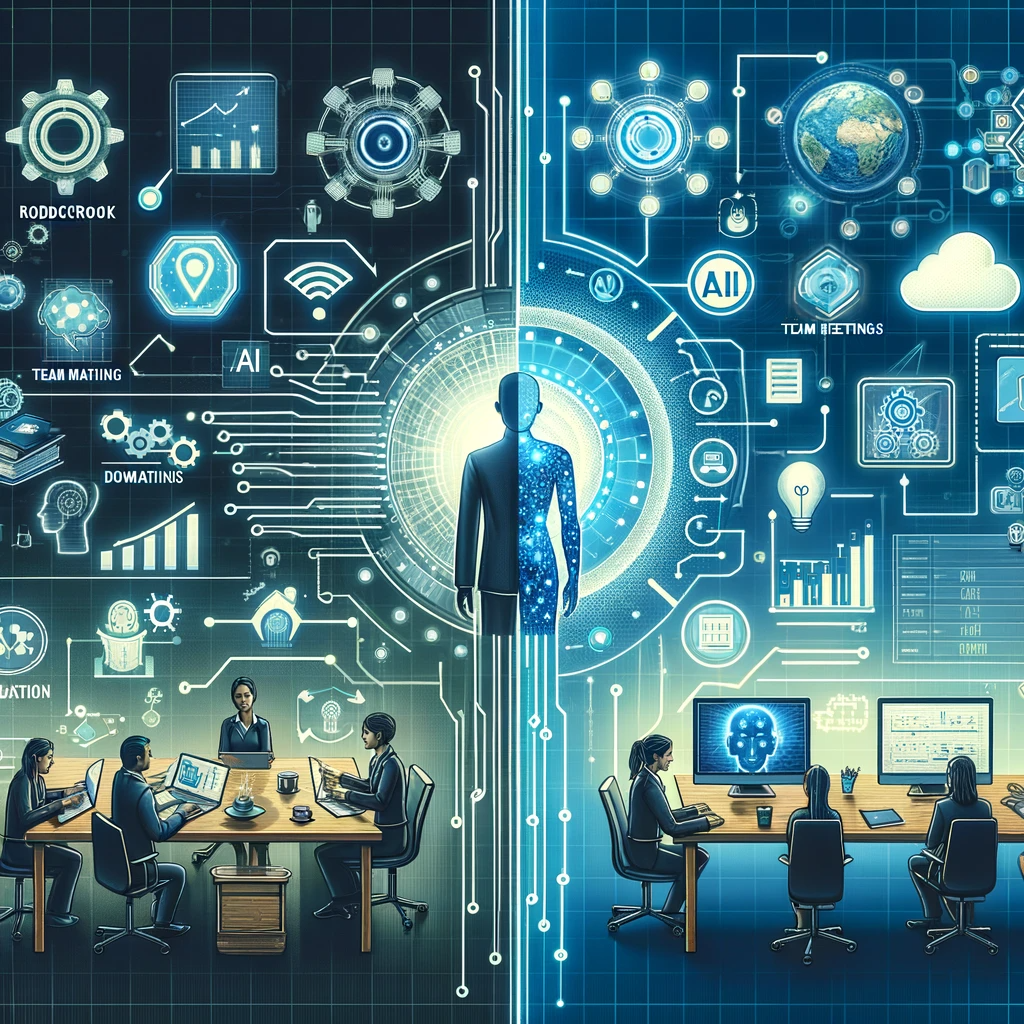
Data scientist
Data scientists design algorithms, build machine learning models, and extract actionable insights. Their deep understanding of data behavior helps shape intelligent solutions.

Machine learning engineer
ML engineers focus on building scalable models and deploying them into production environments. They ensure the models are robust, efficient, and maintainable.
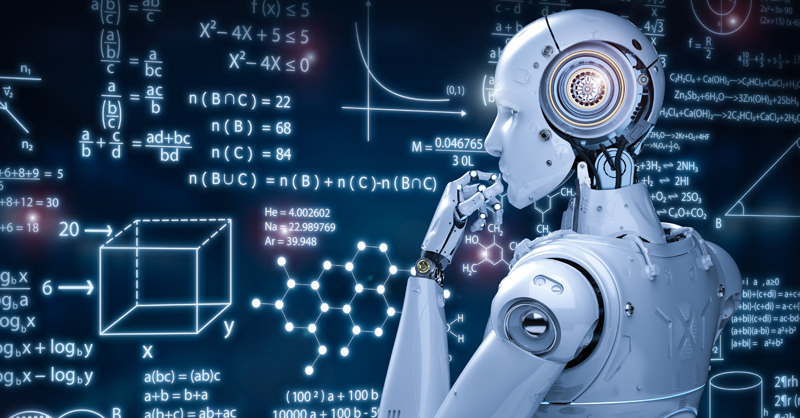
Data engineer
These professionals are responsible for building and maintaining the infrastructure needed to collect, store, and process large volumes of data. Their role is essential for ensuring data availability and integrity.
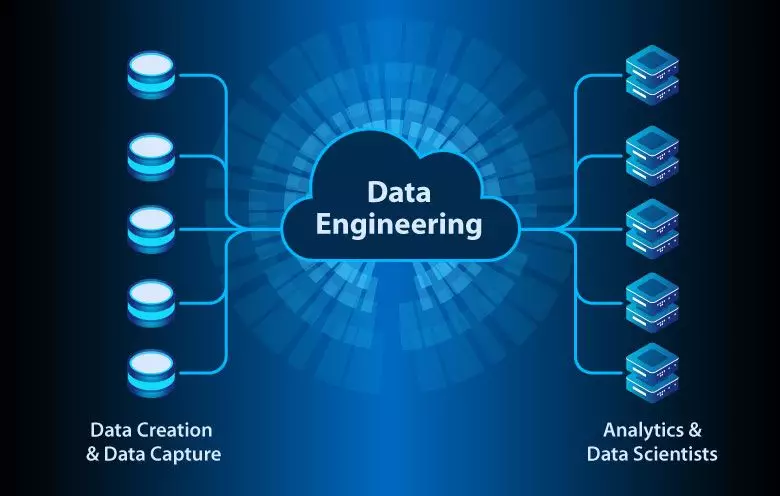
AI researcher
AI researchers push the boundaries of innovation. They experiment with new algorithms, test cutting-edge techniques, and contribute to the continuous evolution of AI capabilities.
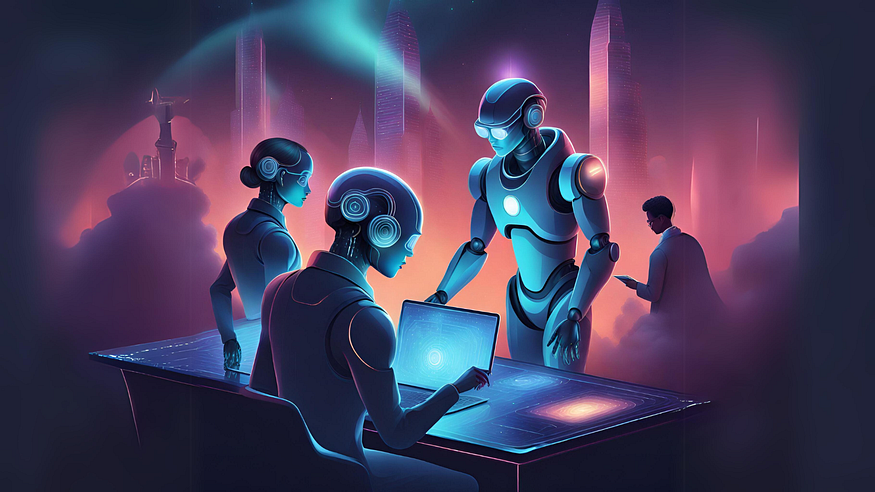
DevOps / MLOps engineer
They handle the operational side of AI development, automating model deployment, monitoring performance, and ensuring system stability. MLOps helps bridge the gap between model development and live implementation.
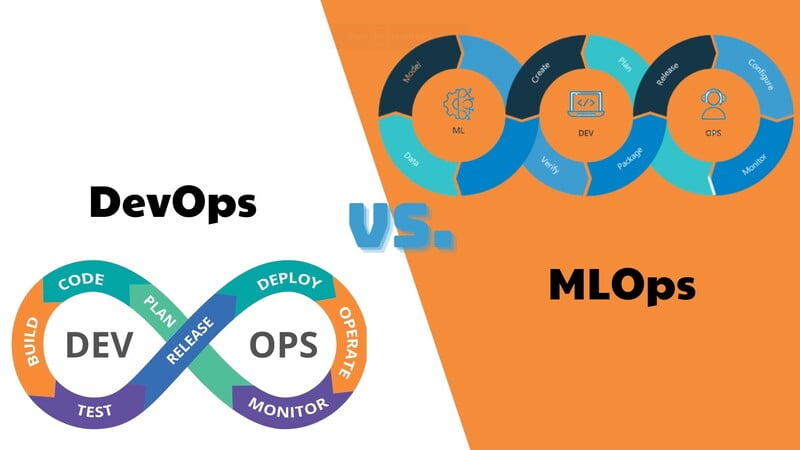
UX/UI designer
AI interfaces often involve user interaction. A skilled designer ensures that the product is not only functional but also intuitive, enhancing user adoption and satisfaction.

Conclusion
Building a high-performing AI development team is more than hiring top talent it’s about creating the right environment for innovation, experimentation, and execution. With a clear vision, structured roles, and a collaborative culture, your organization can fully harness the power of AI to drive transformative outcomes.
